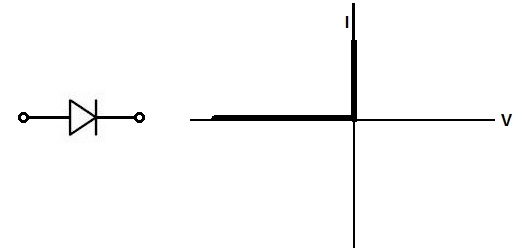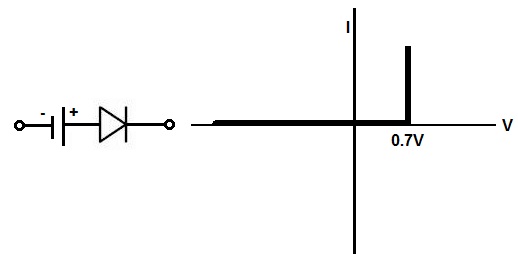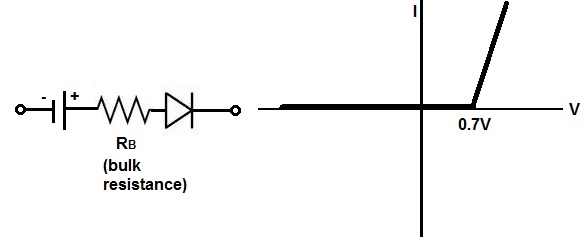Diode Approximations are how the Diodes present in the circuit gets analyzed. The diode can be considered as the basic electronic device in any type of circuit. These are of various types a design criterion is based on the requirement. The analysis of it can be done based on the Three approximations. Each approximation can be done by considering the diode as a switching element. For these basic components called Diodes, there exist three approximations. In each one, the initial and the considered stages of the diode are discussed. The motive behind this is to analyze the initial criterion considered for diodes.
What is Diode Approximations?
Definition: The approximation technique that helps in analyzing the various initial criteria of the diode can be defined as Diode Approximations. Each approximates relates from assuming ideal conditions to reaching practical ones.
Types of Diode Approximations
The diode approximation can be done in three methods using first, second, and third.
First Approximation
In the first situation of approximating the Diode considered to be in Ideal mode. It means there is zero Internal Resistance and doesn’t have any consuming Voltage. This indicates that Diode in Ideal mode is a Perfect Version of Switch.

First Approximation of the Diode
Generally in the theoretical analysis, we can use this concept but practically this situation is impossible.
Second Approximation
The first condition is about the Ideal Mode of the Diode. It doesn’t require any initial voltage to turn it into ON. But in the second case, it prefers a certain amount of voltage to turn the Diode ON.

Second Approximation Diode
In this case of Second Approximation, the Diode can be made to function as a switch by applying the cut-off voltages. For example, if the silicon is the semiconductor material used. Then in this case, if the voltage applied exceeds 0.7 volts the Diode is in ON mode. If it is below the minimum voltage then the diode is in OFF mode. Therefore, in this way diode acts as a switch.
Third Approximation
In this approximation, the cut-off voltage along with some Internal Resistance across the Diode is observed. This condition exists in the practical application in the design of circuits. This type of resistance can be referred to as Bulk Resistance. It is dependent upon the amount of the Forward Voltages and Forward Currents applied to the diode.

Third Approximation of the Diode
Diode Approximation Problem with Solution
By using the appropriate Model of Approximation in the given below circuit. Find the value of the Magnitude of the current. The diode used is of silicon type? The Diode current can be found by using the equation
ID = (V- VD) / R
= (5- 0.7) / 1
= 4.3 Amperes
Please refer to this link to know more about Ideal Diode.
Please refer to this link for Choosing resistor values for diodes.
In this way, the Approximate Diode Models of basic diodes are designed. Each approximation deals with the importance of these components and analysis of it in the electronic circuits. If the considered Load is placed in the circuit and the resistance of it is high. In such cases, we need not consider the Bulk Resistance. After discussing this, can you describe what the cut-off voltage is if the Diode is made up of Germanium?